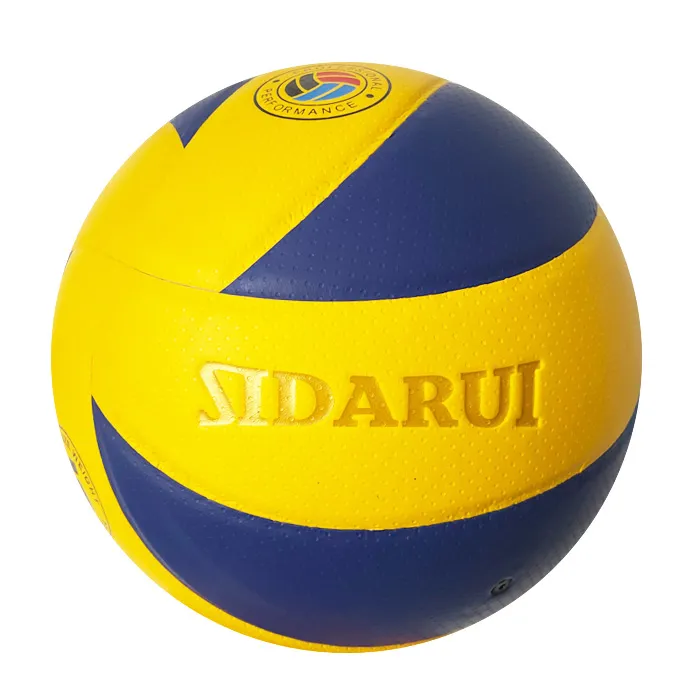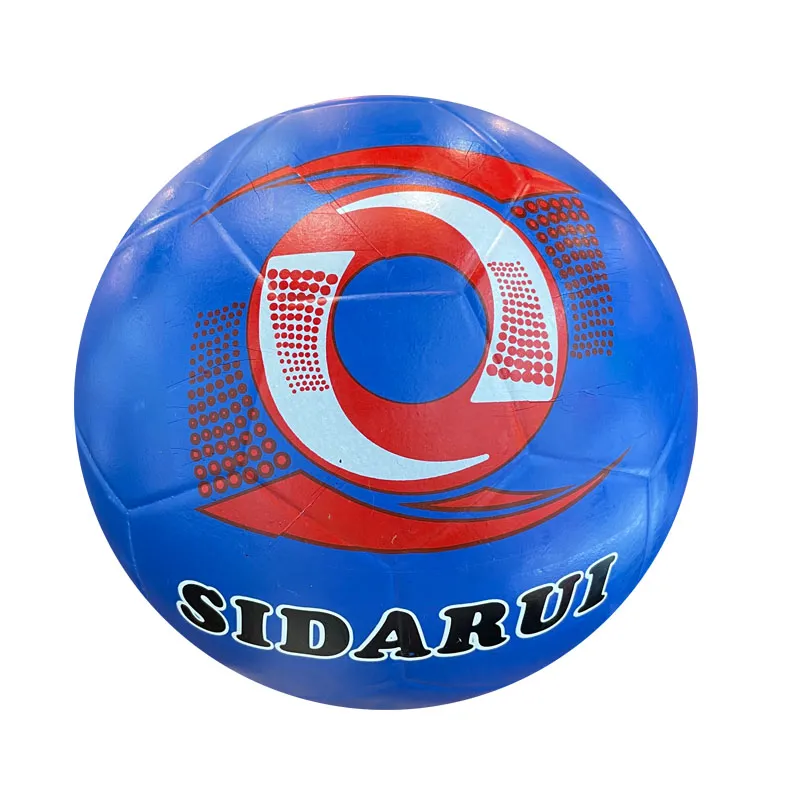Indoor football has become a versatile and engaging sport enjoyed by people of all ages across the globe. Central to the experience of this dynamic game is the choice of materials used in the design and manufacture of the equipment. The essence of indoor football lies not only in the skills and strategies of the players but also in the very materials that make the sport possible and enjoyable. Understanding these materials is paramount for anyone looking to start, improve, or even manufacture equipment specifically designed for this sport.

One of the cornerstone elements in indoor football is turf, a critical component that differentiates the sport from its outdoor counterpart. The synthetic turfs typically used for indoor football are engineered to replicate the properties of natural grass, ensuring optimal ball roll, bounce, and player traction. High-density polyethylene or nylon is commonly used due to its durability and ability to withstand the rigors of fast-paced play. These materials offer players a surface that mimics the cushioning of real grass, reducing impact stress on joints and minimizing injury risks. Many indoor football facilities enhance this further by using infill materials such as crumb rubber or sand to increase shock absorption and stability.
Equally important is the construction of the indoor football ball itself. Often made from polyurethane, these balls are designed for durability and to withstand vigorous play. The outer casing is essential for offering a softer touch and better control, facilitating improved gameplay in a confined indoor environment. The bladder inside, typically made from latex or butyl, maintains the ball’s shape and provides that consistent bounce indoor football relies on. Overall, these materials are crafted to ensure that the game can be played as closely to the outdoor version as possible, without the unpredictabilities introduced by weather and other natural elements.

Protective gear is another crucial aspect when discussing indoor football materials. Due to the physical nature of the game and the confined space, protective gear is designed to provide maximum protection without compromising agility. Shin guards, often crafted from a mix of polypropylene and ethylene-vinyl acetate (EVA) foam, symbolize the balanced marriage of protection and comfort. These materials are lightweight yet robust enough to protect against knocks and slides. Additionally, the choice of materials in crafting indoor football footwear usually comprises kangaroo leather or microfiber composites, chosen for their flexibility and enhanced grip on synthetic surfaces.
indoor football material
Goal posts, though often overlooked, play a significant role in the game. The materials used in their construction, such as lightweight aluminum or steel tubes, allow for easy transportation and setup. Such metals provide the necessary sturdiness without the excess weight, an essential feature for indoor setups where space and adaptability are highly valued. Alongside goal posts are netting materials, usually composed of braided polyethylene or polypropylene fibers, engineered to withstand high-speed balls while remaining light for quick adjustments and installations.
It's noteworthy to mention the environmental considerations being factored into modern indoor football materials. With increasing awareness of sustainability, manufacturers are leaning towards eco-friendly alternatives without compromising quality and performance. The advent of recyclable plastics and biodegradable options marks a shift in how future indoor football materials will be developed. These advancements not only reflect a commitment to environmental stewardship but also enhance the overall trustworthiness of brands that prioritize these considerations.
Navigating the landscape of indoor football materials offers a lens into the sport's evolving demands and player needs. Every component, from the synthetic fibers of the turf to the nuanced construction of the ball, speaks to a broader understanding of the sport’s requirements and the players' expectations. As indoor football continues to grow globally, the material technology underpinning it will undoubtedly advance, ensuring that the sport remains not only a staple of athletic entertainment but also a paragon of material innovation. Recognizing and understanding these materials, therefore, paves the way for enhanced game experiences that align with the very core principles of Experience, Expertise, Authoritativeness, and Trustworthiness. These principles remain essential for players, manufacturers, and enthusiasts alike as they engage with a sport that balances tradition with the cutting edge of technological advancement.













